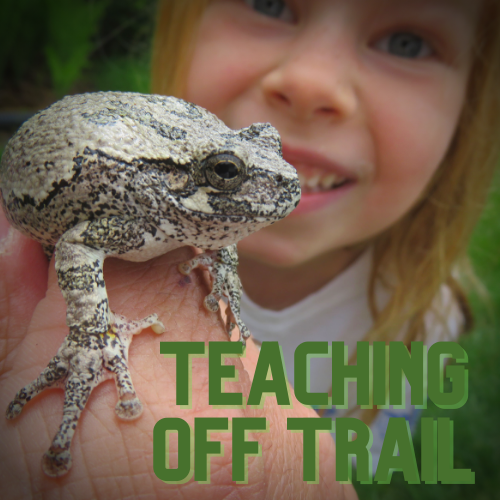Day 228
We now knew the transitional area between our backyard garden and play area to where the wetland truly began was a prime spot for prairie. This area was “mapped out when we had our backyard scraped. Dirt was moved around to eliminate dangerous drop offs, remove rocks and debris, and create a more gentle slope from our house to the wetland. After the scrape, we were interested to see what would grow in the area that was now exposed dirt. Would a native seed bank be exposed and awakened? Would invasive reed canary grass expand its terrible tentacles? Would other nasty and noxious weeds take over? Because the land was scraped in fall and winter was approaching, we didn't see much action until the following spring.
The first bit of action was seeing where the water flowed, Previously plant cover had hidden the pathways water took when melting from the winter thaw. Now, we saw quite clearly where the water went. It was even more clear our scrape job had influenced the path. In fact, the area where the scraping ended and the wetland began became a small pond for most of late winter and early spring. When the water dried, we waited to see what would grow in this area.
When we didn't see reed canary grass take over, we were very pleased. When we saw minimal thistle takeover, we were even more pleased. However, when we noticed very little growing besides garlic mustard and burdock, we knew we had to treat this area before those aggressive species went to seed. This was very early in the growing season, spo we knew the plants had more time to show us what they were going to do.
Our restoration partner gave us an idea that altered our expectations. He said that because of the land disturbance caused by the scraping, we were going to be overrun with plants we didn't want. It was in his professional opinion to complete a total kill treatment. Basically, he would use specific herbicides to kill everything in this area. Though hesitant about using more chemicals, we trusted him and his expertise and completed the first treatment in early spring.
